Seeding Stories
By Julie Feng
Rhetorics, which is the art and study of discourse, are seeds for social justice. These seeds are words, phrases, and narratives; they are language and text; they are image and art and iconography; they are any form of communication. All culture and all cultural production is rhetorical, and all rhetoric is cultural. Rhetorics are a core realm to the production and circulation of meaning.
Rhetorics grow the myths and truths of our world. What is a community? Who belongs? How do we relate to one another? Why should we feel this way? The answers are often shaped by words and images steeped in power. This level of analysis might seem inconsequential, but as adrienne maree brown said, “small is all.” Those of us who have attempted any form of systems change work know how patterns emerge that replicate themselves at larger and larger scales. Local to global. Cell to organism. Word to story. As a storyteller and cultural studies scholar, my work is driven by visions of a more connected and liberated world—and I believe that these seeds can grow landscapes of connection and liberation.
In the spring of 2020, three moments of connection sprouted for me. I was asked by the Washington Dream Coalition to create artwork for their statewide COVID-19 relief fund for undocumented individuals; I was invited by API Chaya, the organization that supports the survivors’ collective that I’m a part of, to contribute to their “WiFi is a Lifeline” campaign; and I deepened collaborations and friendships with some amazing scholars who are community members first. Through these relationships, I realized that I wanted to explore ways to share community work that is rooted in collectivity, creativity, and care. There are brilliant people and networks of people who are reclaiming stories and reimagining possibilities. They are cultivating landscapes where communities provide for one another, where resilience and resistance gain power, where the visions and wisdom of marginalized communities are centered. How can we water and illuminate these landscapes?
As summer began, I launched Rad Rhetorics (radrhetorics.com), a public scholarship project about the limitations and possibilities of revolutionary discourse. The projects of Rad Rhetorics will include interviews with and guest posts from community organizers, activists, and advocates, spotlights on public scholarship projects; deep dives into key words related to radical resistance; deconstructions of narratives and offerings of counter-narratives; poems and stories; thoughts on academia, public scholarship, collaboration, and research methodologies; art and art analysis; theories of commons and collective care; and more.
These are just the seeds. Although my modes of public engagement might change, the imperatives that underpin it remain constant. All of the artistic, scholarly, and community work I do is for the purpose of creating deeper “commonspaces” where people can connect in emergent, complex, and meaningful ways. If rhetorics are the seeds that grow our stories—our cultural landscapes—then perhaps we must do the work of sunlight and rainfall, to engage with each other in a cyclical—dare I say, revolutionary—movement.
Featured Image: illustration by Julie Feng


